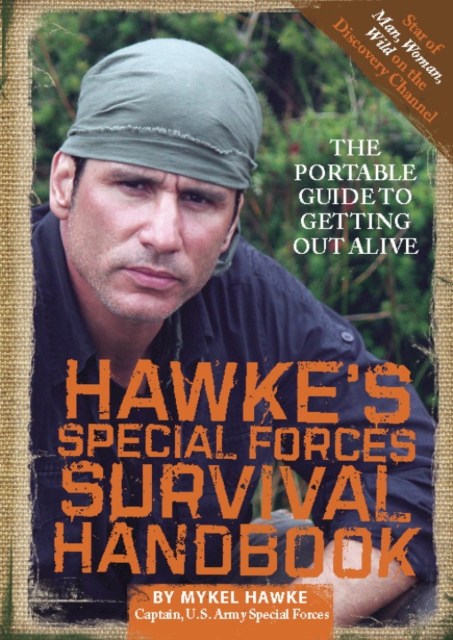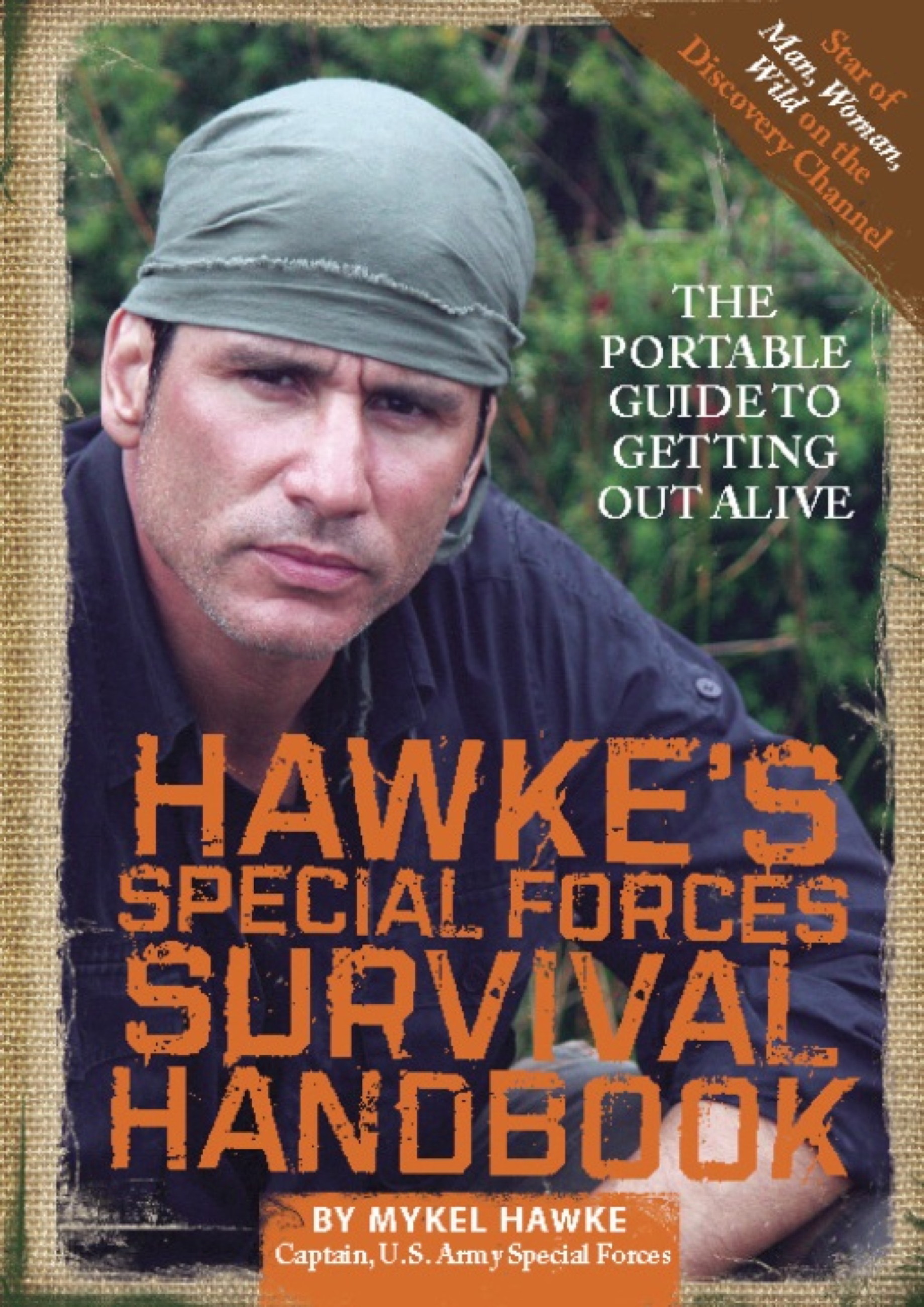Promotion
Use code MOM24 for 20% off site wide + free shipping over $45
Hawke's Special Forces Survival Handbook
The Portable Guide to Getting Out Alive
Contributors
By Mykel Hawke
Formats and Prices
Price
$9.99Price
$12.99 CADFormat
Format:
- ebook $9.99 $12.99 CAD
- Hardcover $18.00 $23.00 CAD
This item is a preorder. Your payment method will be charged immediately, and the product is expected to ship on or around April 26, 2011. This date is subject to change due to shipping delays beyond our control.
Also available from:
These methods are based on Hawke’s 25-year career as a Captain in the U.S. Army, as founder of the survival training company Special Ops Inc, and as a popular survival expert on television-including his Discovery Channel series Man Woman Wild.
Geared to the untrained civilian, Hawke’s Special Forces Survival Handbook provides illustrated how-to info on shelter, water, fire, food, first aid, tools, navigation, signaling, and survival psychology. Now with a flexibind cover and small format perfect for the glove compartment and backpack, this edition gives readers the tools necessary to survive the worst circumstances and make it out alive.
Genre:
- On Sale
- Apr 26, 2011
- Page Count
- 224 pages
- Publisher
- Running Press
- ISBN-13
- 9780762442508
Newsletter Signup
By clicking ‘Sign Up,’ I acknowledge that I have read and agree to Hachette Book Group’s Privacy Policy and Terms of Use







